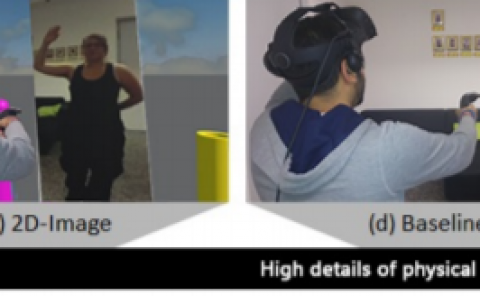How Should Automated Vehicles Interact with Pedestrians?: A Comparative Analysis of Interaction Concepts in Virtual Reality
PubDate: September 2019
Teams: Technische Hochschule Ingolstadt
Writers: Andreas Löcken;Carmen Golling;Andreas Riener

Abstract
Automated vehicles (AVs) introduce a new challenge to human-computer interaction (HCI): pedestrians are no longer able to communicate with human drivers. Hence, new HCI designs need to fill this gap. This work presents the implementation and comparison of different interaction concepts in virtual reality (VR). They were derived after an analysis of 28 works from research and industry, which were classified into five groups according to their complexity and the type of communication. We implemented one concept per group for a within-subject experiment in VR. For each concept, we varied if the AV is going to stop and how early it starts to activate its display. We observed effects on safety, trust, and user experience. A good concept displays information on the street, uses unambiguous signals (e.g., green lights) and has high visibility. Additional feedback, such as continuously showing the recognized pedestrian’s location, seem to be unnecessary and may irritate.


